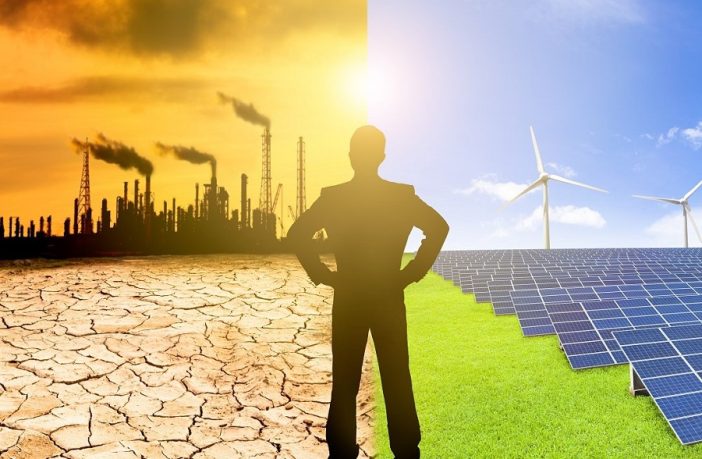Science Direct – Research paper by Jonathan Hanto, Akira Schroth, Lukas Krawielicki, Pao-Yu Oei and Jesse Burton
- The paper provides an undertstanding of the reasons for the current energy crisis in South Africa and why the transition to renewables has been slow but now gaining pace.
- Coal still dominates the energy mix in South Africa.
- Key players influencing policy formulation have an incentive to support coal.
- Debt and mismanagement have rendered state-owned utility Eskom vulnerable and caused capacity gaps resulting in load-shedding.
- The support for renewable energy-based power production is gaining traction but is not sufficiently represented in policies.
Extract
‘Previous literature identifies several political and economic drivers as most relevant for the continued dominance of coal. One of these drivers is the “minerals-energy complex”, consisting of the mining and energy sectors and related sub-sectors of manufacturing that use their influence to uphold profit-generating structures in the minerals sector. Incumbent actors, like the vertically integrated state-owned utility Eskom, which provides >90 % of the national electricity supply, try for many years to maintain a regime-favourable environment through resisting change and creating inertia , as have other large emitters. Consequently, describe South Africa’s energy policy and practice landscape as highly complex and dynamic while simultaneously being rigid, inefficient and intransparent.
Previous literature identifies several political and economic drivers as most relevant for the continued dominance of coal. One of these drivers is the “minerals-energy complex”, consisting of the mining and energy sectors and related sub-sectors of manufacturing that use their influence to uphold profit-generating structures in the minerals sector. Incumbent actors, like the vertically integrated state-owned utility Eskom, which provides >90 % of the national electricity supply, try for many years to maintain a regime-favourable environment through resisting change and creating inertia, as have other large emitters. Consequently, South Africa’s energy policy and practice landscape as highly complex and dynamic while simultaneously being rigid, inefficient and intransparent.’
This is a must read for any independent power producers eager to invest in South Africa’s energy sector.
Link to the full paper HERE
Author: Bryan Groenendaal
The paper is shared under a Creative Commons license















